Bahareque, our ancestral homes
Hello my dear Steemians, I hope you are very well. In this opportunity I bring you a little about some buildings that still stand, it is a house made of clay, the popular Bahareque as we call it in Venezuela and Colombia at least, are still some of the most used constructions in rurality to build buildings. Come with me to discover these original and ancestral houses.
Past and present.
significance
Bahareque is the system and technique of construction of houses made fundamentally with sticks interwoven of canes and mud, used from early ages in the construction of houses in towns considered as primitive, for example in the native constructions of America.
Source
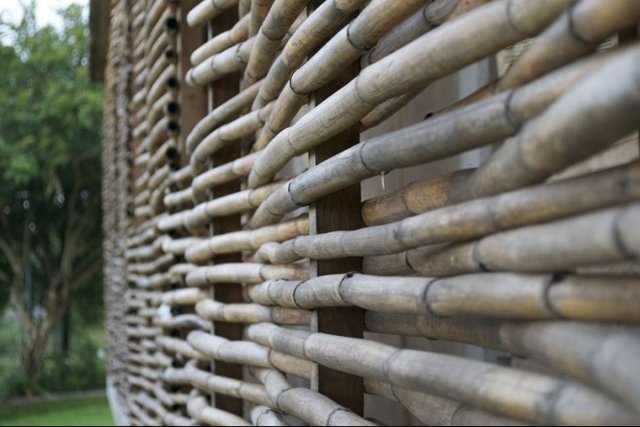
Interlaced bamboo family rods.
Source
If you live in a city it is probable that you will not find this type of buildings, since probably some businessman bought years ago the lands that had those houses and they were demolished to construct with concrete.
In the town where I grew up, some mud buildings are still preserved, some are more than 100 years old, demonstrating that such constructions can last in time. Some are not so lucky due to abandonment or, as I mentioned, a merchant or businessman bought a piece of land and said goodbye to mud houses.
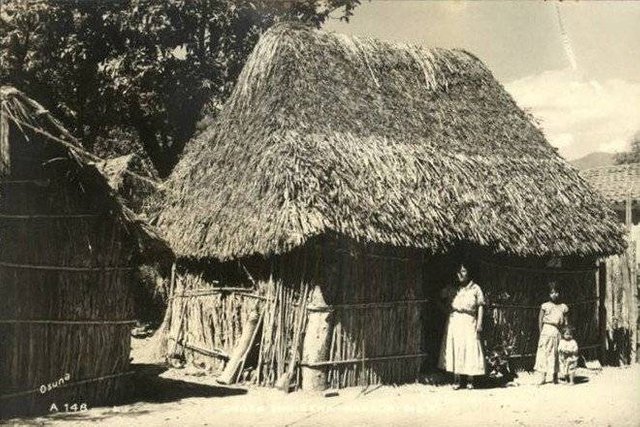
family housing at the beginning of the 20th century in Latin America.
Source
But since when are these types of houses manufactured? This remote construction system dates back more than 20,000 years, all the aboriginal peoples of America used similar techniques to make their homes.
At present, unfortunately, the housing policy of South American countries does not take into account the construction of houses with this fabulous material. Therefore, cement, rods, sand, and stones continue to be the monopoly of materials sold by the houses of construction materials. Around business between state and private enterprise.
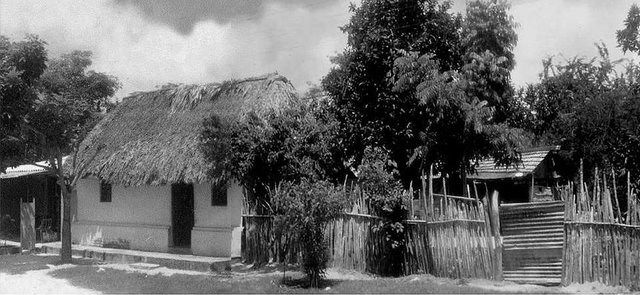
family housing at the beginning of the 20th century in Latin America Number 2.
Source
Although the manufacturer is very but very simple, the bahareque has demonstrated an excellent performance against the telluric movements and the continuous climatic changes typical of the tropical zones, making its habitat fresh and safe, in contrast with the concrete constructions which are extremely hot for the tropic, which makes that a house has to have to swear an air conditioning system.
The materials used for the manufacture of the bahareque remain the same for 20,000 years, we can find the use of juaguilla or mat that is a family of bamboo and changes its name bidding farewell to the region of South America.
Conducting thread from Spain to Venezuela
Many attribute the appearance of the first constructions when observing the houses of the Spanish colonial period in Venezuela, and they are right, the first potters used this technique, which was even postponed until the appearance of the republic.
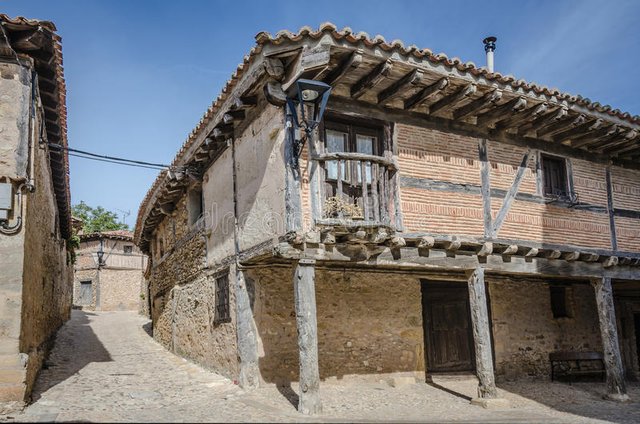
Medieval house in Spain. notice the details in clay.
Source
And it is that all the architecture of the Mediterranean basin, therefore, Spanish, is related and has its origin in Mesopotamia. The same inventors of the writing also invented the handling of the mud, this due to the advantage of the available resources, clay and water since they lacked wood and stone, the earth of the middle east they bequeathed us an incredible pottery tradition, tiles, Tapia and the same brick are of the earth of the tower of Babel. Then they went to Greece, then to Rome, then to Spain, and Christopher Columbus himself brought that knowledge to America.
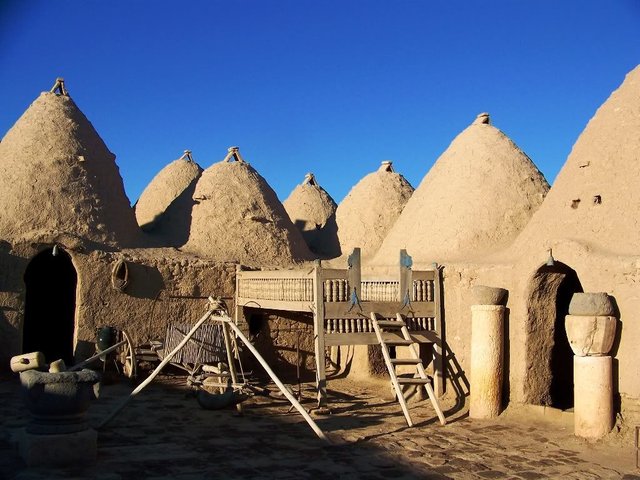
Buildings made as in the ancient age. what was once Mesopotamia.
Source
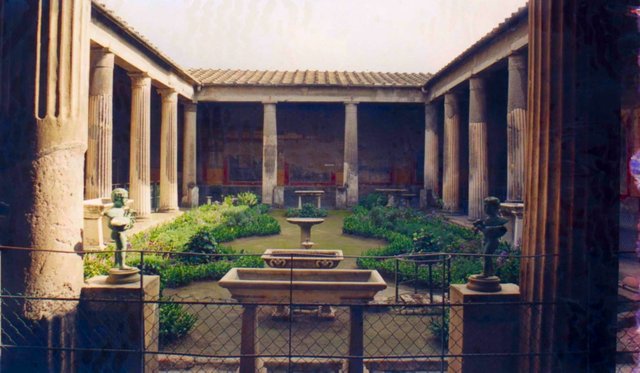
Inner courtyard of a Greek house.
Source
Some interesting things with the use of the words and concepts, the word tile is of Latin origin; like the word brick, the same as Tapia, following: all the words that have to do with the construction with mud have an Arab origin: potter, adobe and tile, to mention some of them. Through the science of philology, a discipline that studies the origin of words, we can clearly see the relationship, concept, region, the very origin of a certain invention or technology.
The design of houses built by the Spanish colonizers responds to a model drawn from Greek architecture, the courtyard name of the central open air part of the house, called by the Greeks atrium in whose center had a pluvium bone a kind of pond to collect water, due to the aridity and little rain in the Mediterranean this was certainly very appreciated. Nothing to see this idea in the design of Spanish colonial houses in the tropics where rain is abundant.
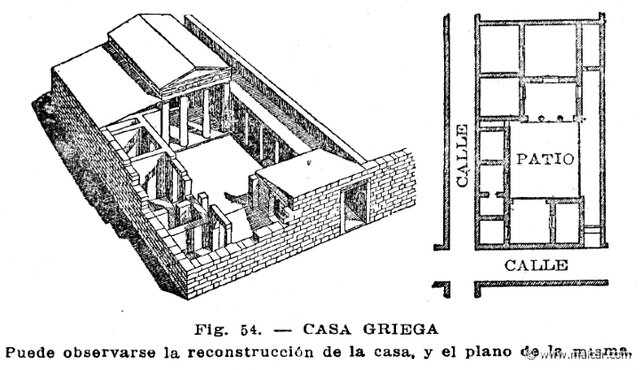
Plans of a Greek house .
Source
Rather it is urgent to always keep the houses dry, free of moisture. The other side of the coin was the pre-Columbian bahareque. The aborigines were excellent builders, just admire the imposing works of Mayan architecture, Aztecs and Incas who were excellent casters of gold but not iron to use nails and wires. So their specialty was to tie, the high cost of the iron doubled to the Spaniards until they began to use the constructive techniques of the aborigines.
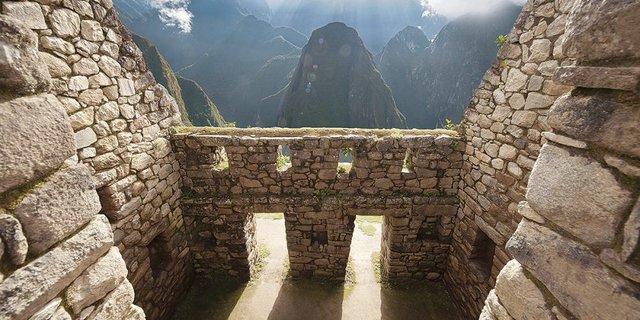
Machu Picchu Ruins.
Source
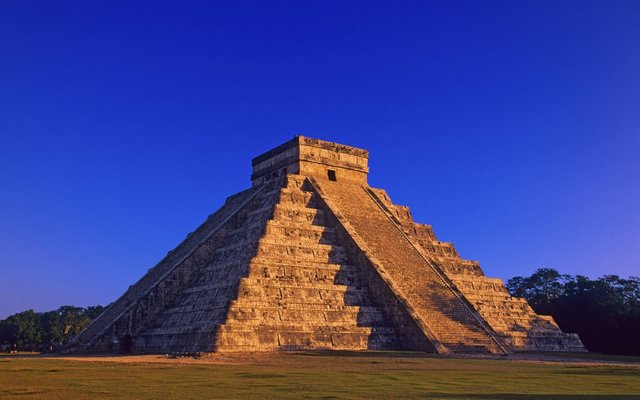
Aztec pyramid ruins
Source
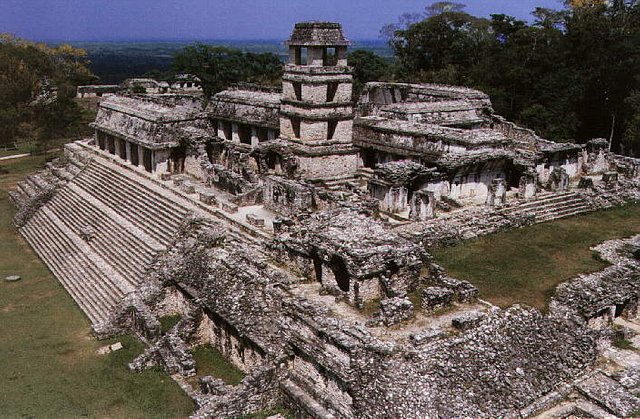
Mayan city ruins.
Source
Thus it is as gradually between the techniques brought by the colonizers but the magnificent constructive forms of the aborigines the design of the houses, mansions and buildings was consolidated in great part of the 15th century until the 20th century.
Colonial house vestiges
As I have already mentioned, the concrete-cement constructions and the new architectural techniques and the not so beautiful buildings built by civil engineers that do not contribute anything aesthetic to the cities have made many of the houses of colonial origin disappear, state and municipal authorities do not help at all with this problem, often pacts with real estate businessmen over agreements established at UNESCO level such as for example everything declared state or national heritage must be protected and maintained by organs specialized in the maintenance of emblematic works.
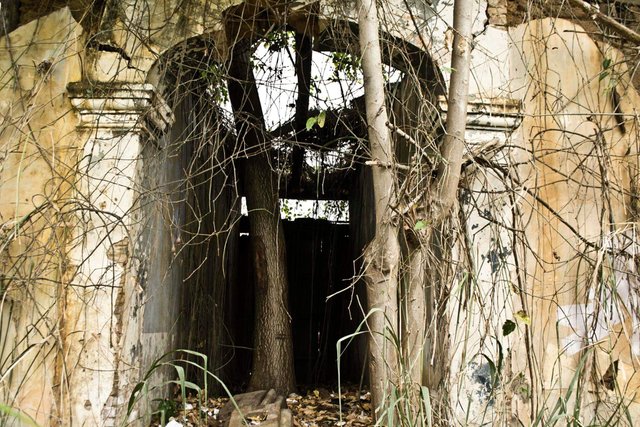
Ruins house of one of the Liberators of America.
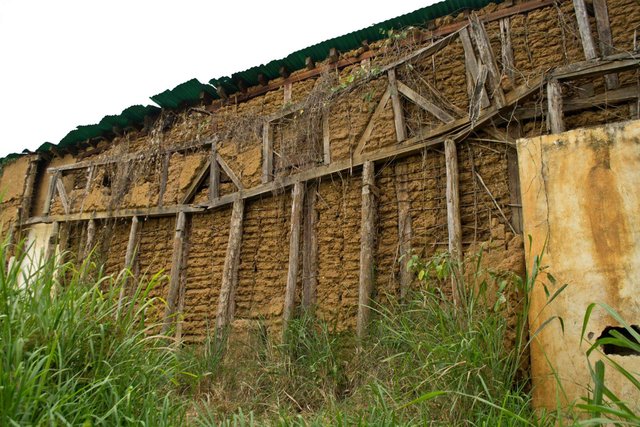
Notice the type of technique used in this wall on the verge of collapsing. Over 200 years I have withstood all weather changes.
This undermines our cultural roots, with a double deterioration, both tangible and intangible. Things that simply do
not fit into a UNESCO resolution and are priceless.
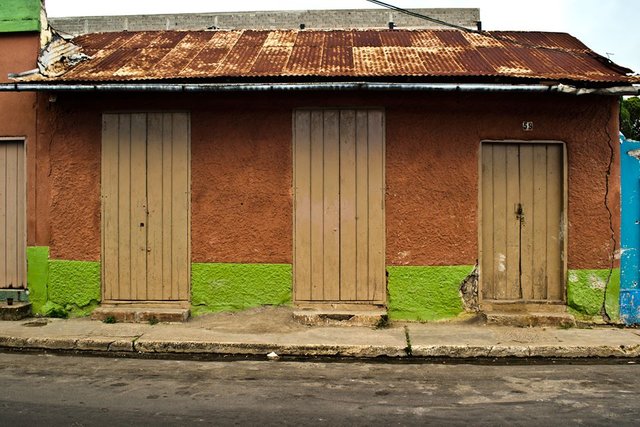
This house was demolished to make a mall.
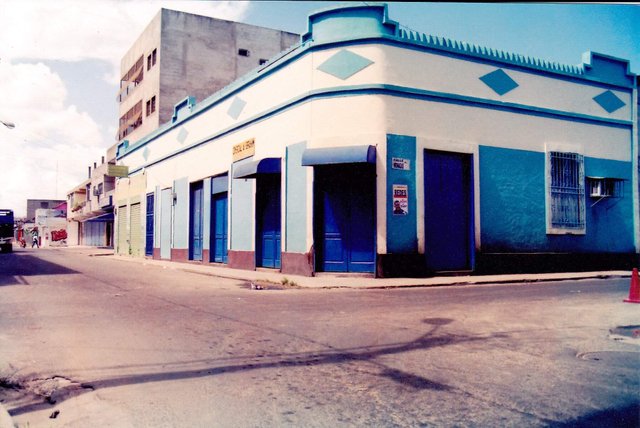
Instead this is a famous shoe store in the city that refuses to demolish the colonial structure.
Some of the houses I show were for some time the home of characters who are now heroes of the homeland, as is the case of Manuel Piar known for victoriously winning the campaign of Guyana was one of the last before the total independence of the Spanish empire.
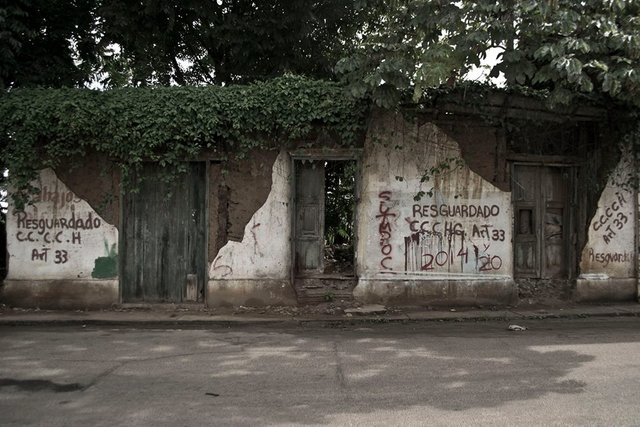
Wall of the house of Manuel Piar one of the liberators of america. (before collapsing as a result of the rains) .
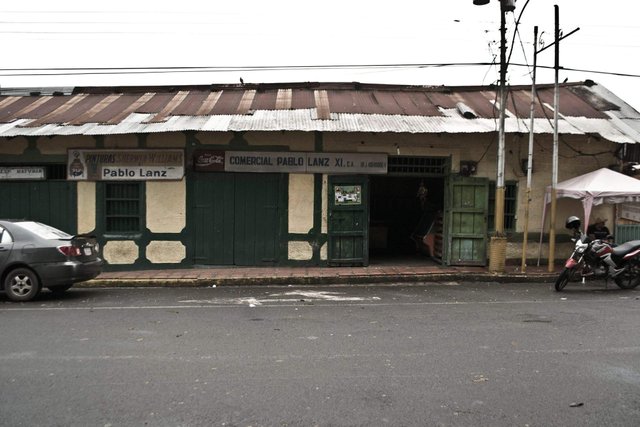
Another prestigious local that sells groceries resists erasing the family and local heritage.
Others are preserved thanks to the owners who proudly maintain it with new paint every year and repair of some cracks generated by the movements of tropical houses that are subjected to intense heat.
Campaigns of conscience in favor of the rescue and maintenance of the houses made with bahareque.
From me two projects were born that were consolidated and brought with them very good reviews, one of those cases was the photographic session in which a great friend of mine accompanied me, this session of Fashion, nature I did on the bottoms of deteriorated houses showing poor condition of them.
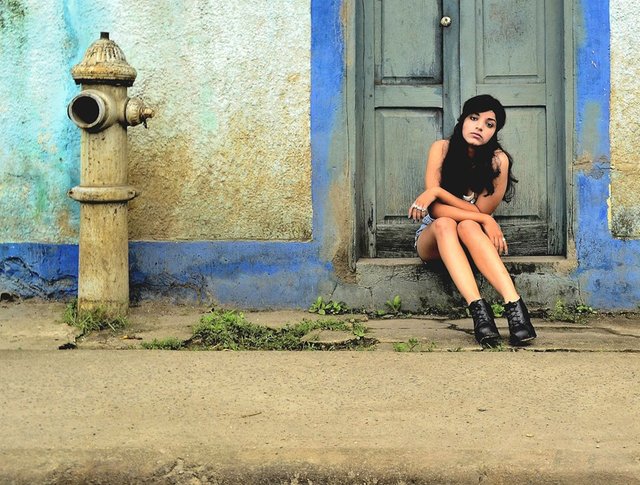
APhotographic session to draw attention to how valuable it is to care for our heritage..

APhotographic session to draw attention to how valuable it is to care for our heritage. Part 2.
And on the other hand, I made a puppet project in which I base the backgrounds in the streets of the town with its colonial stamp, you can also see the houses that were caricatured and painted with that colorful characteristic of the houses.
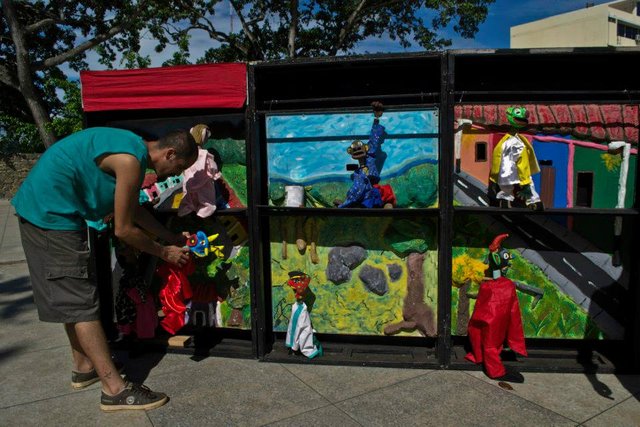
Street meeting in the local square to culturally manifest the value of the Bahareque.
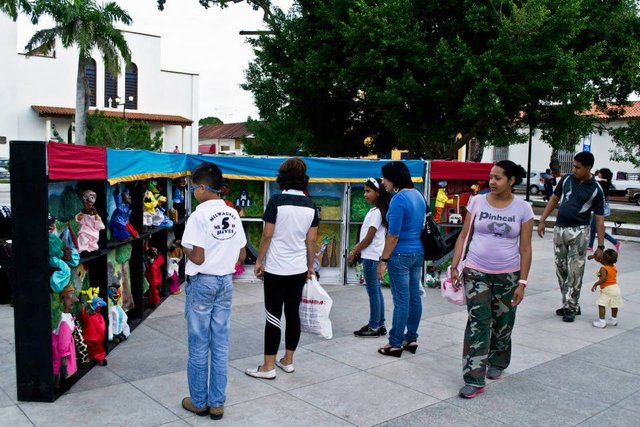
Street meeting in the local square to culturally manifest the value of the Bahareque. Part 2
Both projects were exhibited in various museums and art galleries in my city and other cities nationwide.
Conclusions
In this era of climate change due to the devastation of our environment in exchange for insatiably obtaining all the resources to build buildings that still have architecture are not contributing anything to the natural maintenance of our planet, it is necessary more initiatives, especially in the South American countries, cradle of the largest forest on the planet, to generate a radical change in the models imposed by corporations dedicated to construction.
We have seen throughout the publication the drastic changes that we have suffered culturally in something that is the most ancestral that all countries can have, the habitat that in our case was splendid before the arrival of the colonizers, pitifully it is no secret that our aboriginal population was practically exterminated and with them the knowledge in that fabulous architecture, then we moved to an imported model in which we struggled to maintain certain features of our art of building and now continue to impose other nations with other techniques that seek to completely erase a piece of our identity.
So far this publication, I hope it has been to your liking. Thank you for reading
SPECIAL STEEMIT PUBLICATION
Hi arrozymangophoto,
Visit curiesteem.com or join the Curie Discord community to learn more.
Thanks <3 <3 <3
What an interesting post! The Bahareque 's look like they would be in Africa to me. I would have never guessed South America. This do look like great construction and I am sure they were perfect for the climate.
It's really wonderful how you have made all these connections. I think there was more pre-columbian travel than is reported in our "history" books.
Hello dear, here in America the bahareque is as old as in Africa, perhaps there is something which I did not refer to in this entry, "Eurocentrism" makes us see that civilizations on the planet arise in China, then passes to another phase in the Middle East and develops in Europe, when it is totally the other way around, is born in China and develops in America, unfortunately history books always tell the truth depending on who has paid the writer to say something suitable for an elite.
howdy from Texas arronzymangophoto! say, this is an excellent tutorial on the history of building construction, I love how you traced construction techniques back to ancient times and then up to the present and compared so many types from the different countries, that took a lot of research!
This is a very interesting article, will you be doing more posts about architecture or this a one time thing?